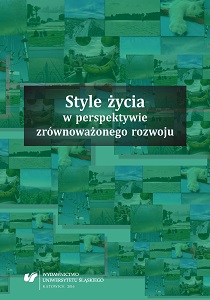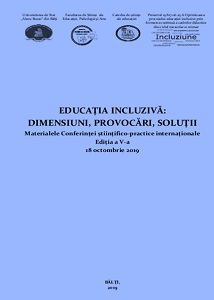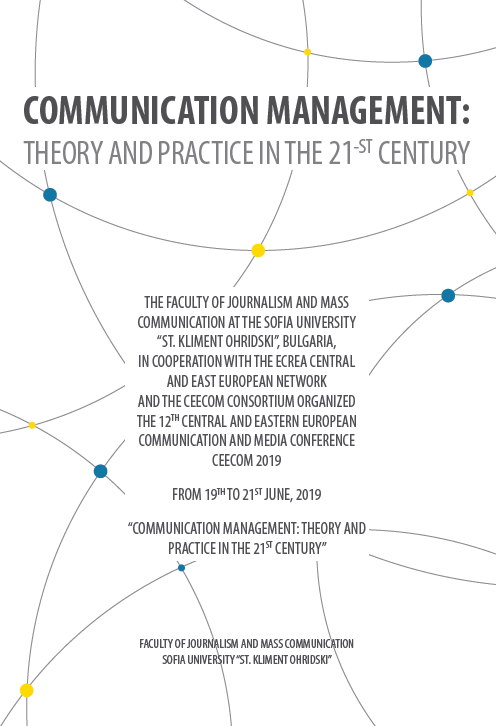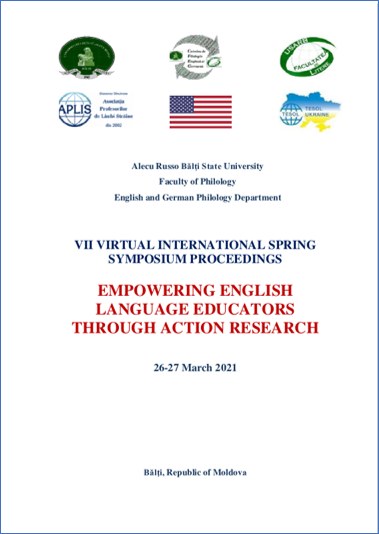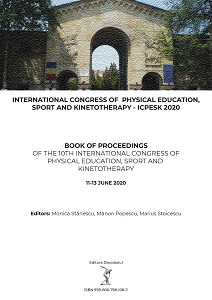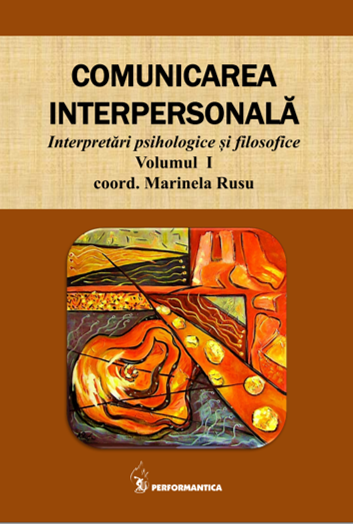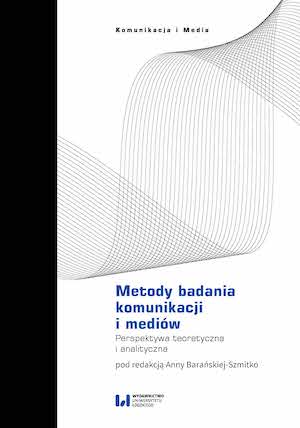
Does Envy Influence the Enterprise Potential and the Entrepreneurial Intentions?
Purpose: The aim of this paper is to examine the impact of envy on the enterprise potential and the entrepreneurial intentions. This topic is not much studied, but it is important to examine all aspects of complex networks of influence on enterprise potential and the entrepreneurial intentions.Design/methodology/approach: The survey was conducted in Serbia. The subjects were students from 5 faculties, from the first to the fifth year of study. Collected were about 380 completed questionnaires. Correlation and regression analysis are the methods of statistical analysis that were used. The survey was conducted using three separate questionnaires: questionnaire measuring envy (8 items, 1 dimension), questionnaire measuring enterprise potential (18 items, 4 dimensions) and questionnaire measuring entrepreneurial intentions (15 items, 3 dimensions).Findings: Between envy and dimensions of enterprise potential and dimensions of entrepreneurial intentions there is a number of statistically significant negative correlations. This is more prevalent at the dimension of entrepreneurial intentions. Feelings of inferiority in relation to other people, the perception of having a boring or a bad life, has an especially negative impact on the entrepreneurial potential and intentions. Envy, which occurs due to the desire for more entertainment, travel, and due to the perception of the lack of fortune, also has a negative impact on the entrepreneurial potential and intentions, but the influence is considerably weaker.Research/practical implications: Some results suggest the possibility (however small) that envy, in some circumstances, can mildly encourage entrepreneurial intention. Based on these results, the recommendation is to recognize people whose envy is not strong and where there is a possibility that such envy can be turned into motivation. With adequate support and understanding, these people may be potential, future entrepreneurs.Originality/value: Determining the impact of envy on the enterprise potential and the entrepreneurial intentions in the case of Serbian students.
More...
